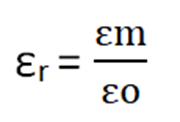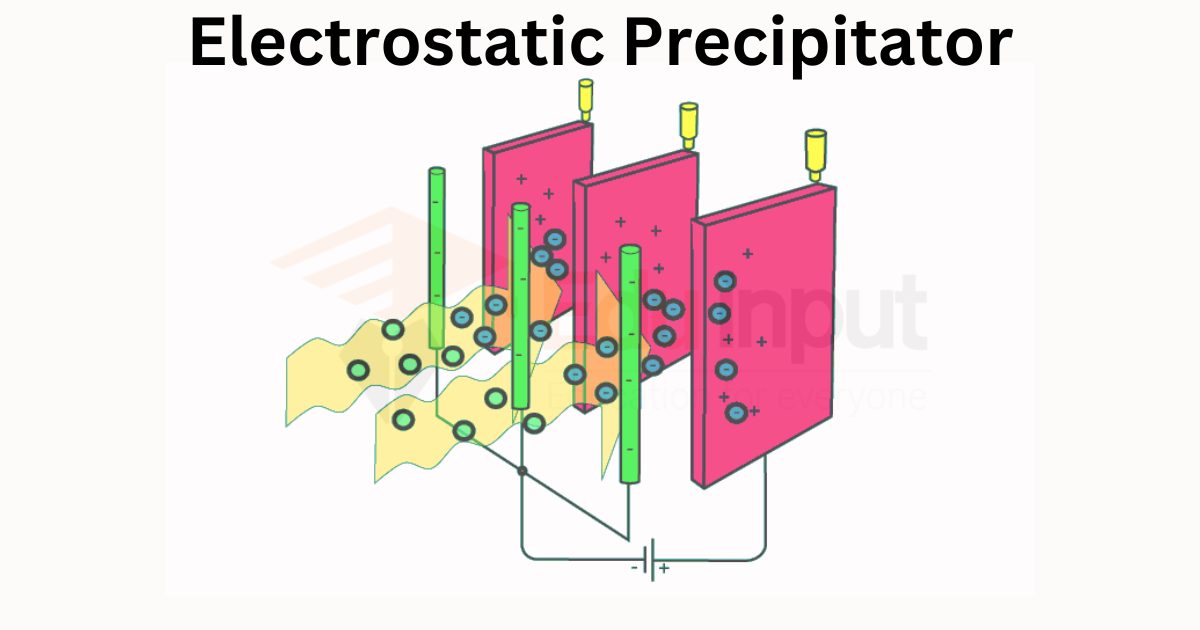What is Permittivity? | Relative Permittivity
Permittivity is the property of any material that measures the opposition provided to the formation of an electric field.
Download the pdf notes of permittivity and Relative permittivity Class 12 Physics
What is Permittivity?
It is denoted by the Greek letter ϵ. It indicates the amount of charge required to produce a unit of electrical flux in a given medium.
Formula of Permittivity
Mathematically

It can depend on the frequency, magnitude, and direction of the applied field. The SI unit for permittivity is farad per meter (F/m).
Types of Permittivity
There are two types of permittivity.
1: Vacuum Permittivity
The vacuum characterizes the smallest possible value of the allowable degree. It also appears in the Coulomb force constant. Permittivity is taken from the word permeation. It means how much permeation is given by the medium to force it to pass through it. But actually, permittivity means
How much does medium allow its own field to reduce the coulomb’s forces
If the medium has more permittivity it will allow the coulomb’s force to pass through it less.
The permittivity of free space is minimum so the maximum coulomb’s force will pass through it.
This is often referred to as the free space permittivity or the electrical constant. The symbol is ϵ0 and has a value of 8.85 10-12 Farads/meter. Opposition to the formation of electric field lines is also evident in the dielectric.
2: Relative Permittivity
The linear permittivity factor of homogeneous material is often given relative to the free space permittivity, as a relative permitting factor r (also known as the dielectric constant, although this term is obsolete, and sometimes only refers to a relatively static permittivity at zero frequency).
The real allowable yield is then calculated by multiplying the relative allowable by ε0.
The ratio between the permittivity of medium and space is called relative permittivity.

The permittivity of free space is minimum as compared to any medium.
Frequently Asked Questions(FAQs)
What is Permittivity in Simple Terms?
The dielectric constant (K), also known as the relative permittivity, is an important electrical property that quantifies how well a material can store electrical potential energy under the influence of an electric field.
The dielectric constant is measured by the ratio of the capacitance of a capacitor with the material as dielectric to its capacitance with vacuum as the dielectric.
What is a Unit of Permittivity?
The standard SI unit for permittivity is farad per meter (F/m or F·m−1).
Is high permittivity good or bad?
The electric permittivity of a substance determines how well it polarizes molecules and how much it resists external electric fields. The higher the electric permittivity, the better the polarization and resistance.
What is the permittivity of water?
The dielectric permittivity of water is significantly higher than that of other substances, at about 80. This means that there is a strong relationship between the permittivity and the water content of a rock.







Leave a Reply